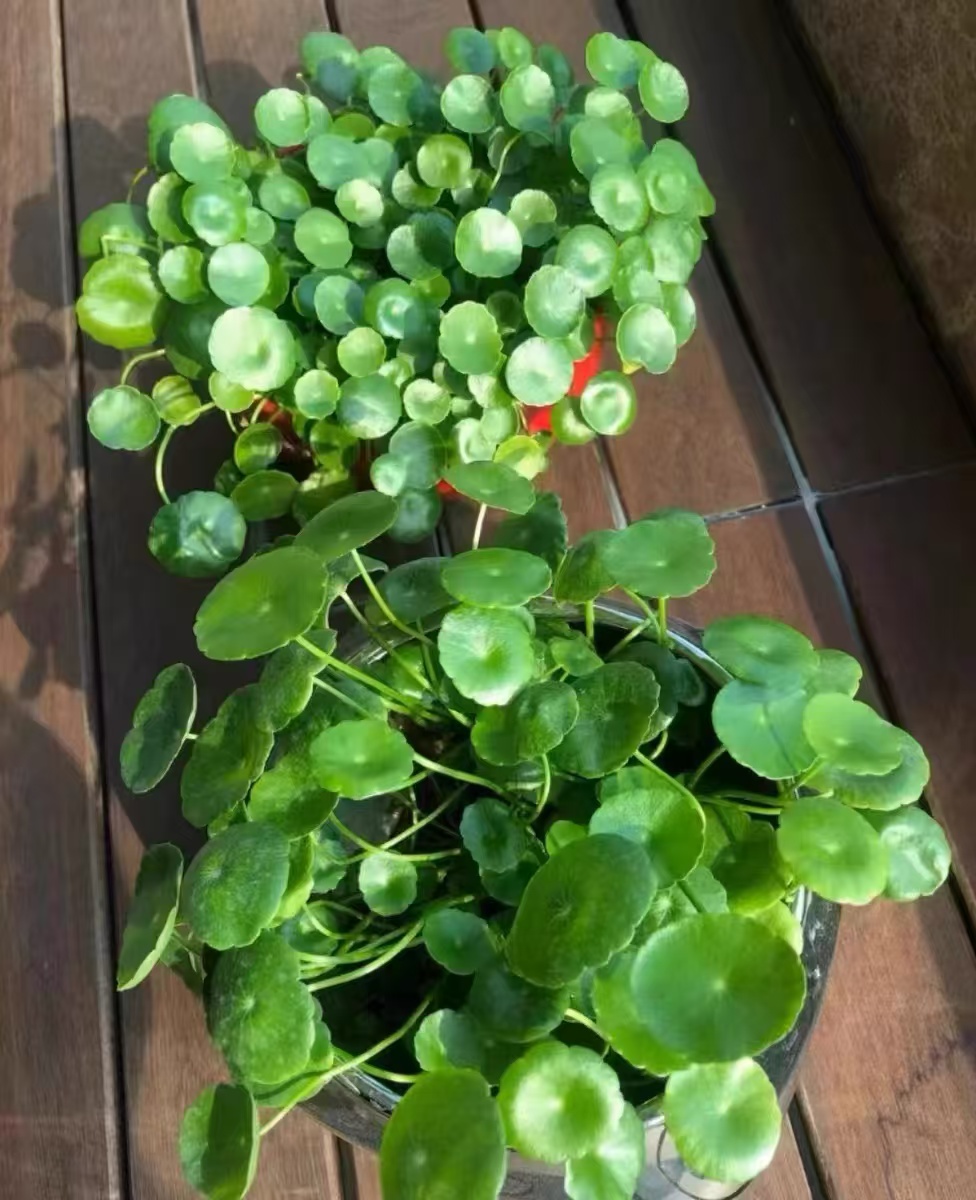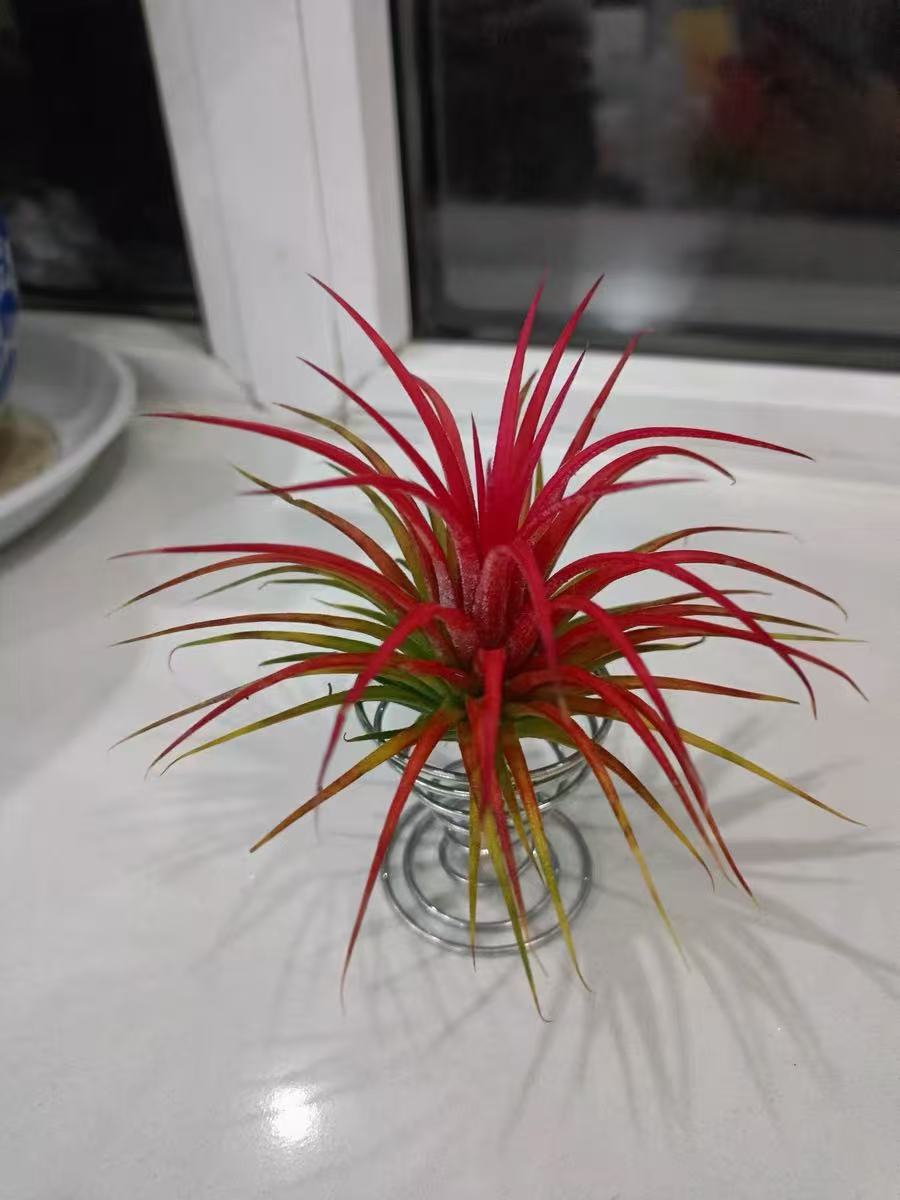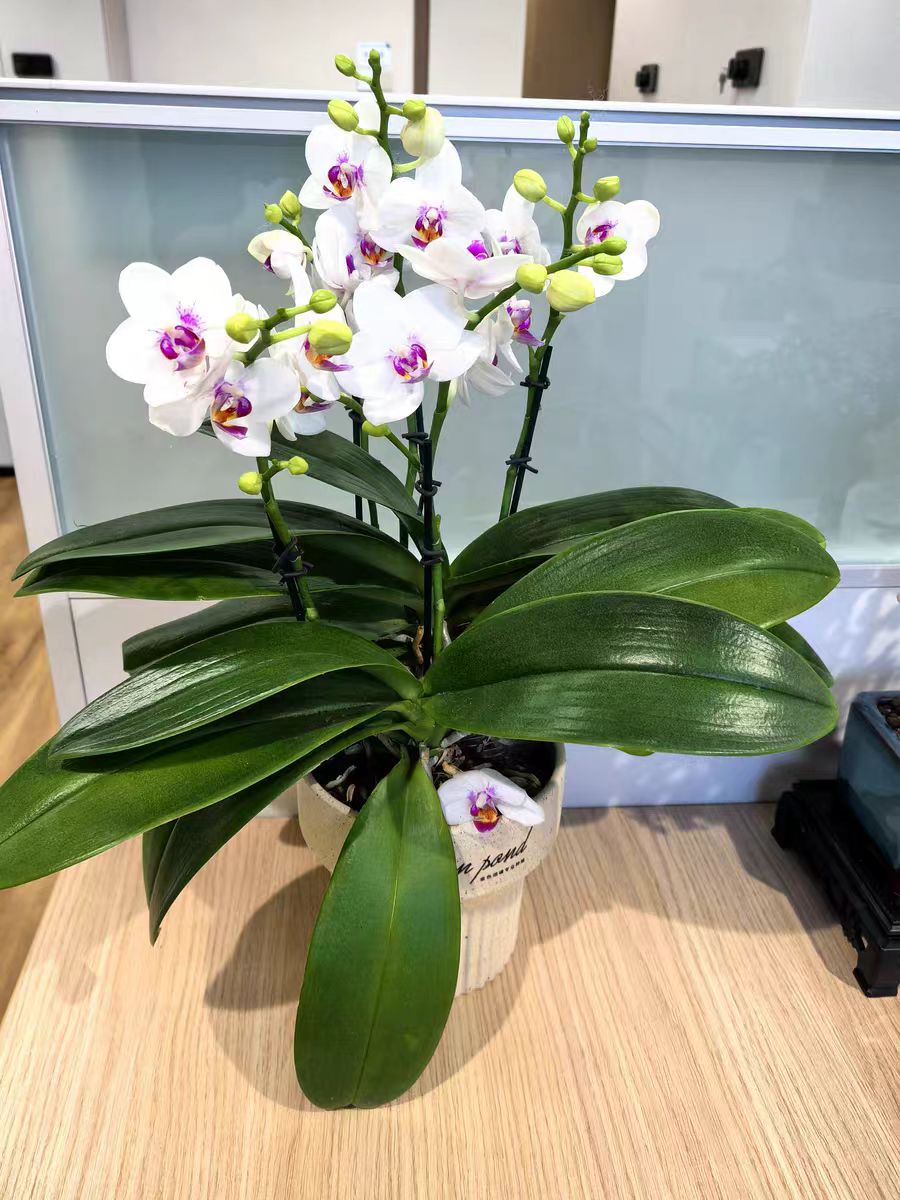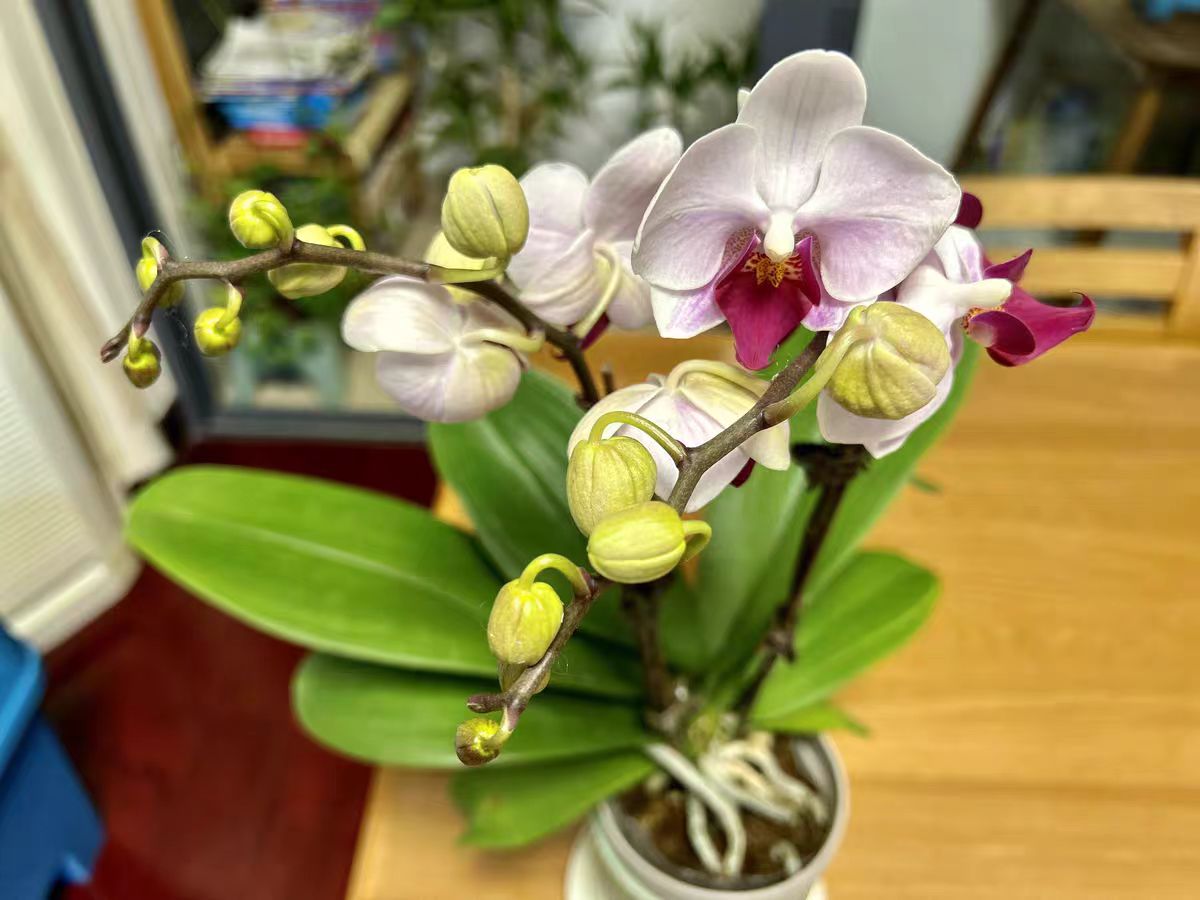Hydrocotyle vulgaris is a very popular foliage plant. Its leaves are round or kidney-shaped, resembling ancient copper coins, hence the name. Regarding the cultivation methods of Hydrocotyle vulgaris, there are mainly two types: hydroponic and soil cultivation. So, which one is better, hydroponic or soil cultivation?
Advantages of Hydroponic Cultivation
Hydroponic Hydrocotyle vulgaris doesn't require soil. Only clean water and some nutrient solutions are needed, so it is cleaner and easier to manage. When changing the water, you can simply pour out the old water and add new water and nutrient solutions.
Transparent or translucent containers allow people to clearly see the roots of Hydrocotyle vulgaris, adding to the enjoyment of viewing. Meanwhile, when Hydrocotyle vulgaris grows in water, its leaves also look greener and more ornamental.
The growth rate of hydroponic Hydrocotyle vulgaris is usually faster than that of soil cultivation because the nutrients in water are more easily absorbed by the plant. Under suitable lighting and temperature conditions, Hydrocotyle vulgaris can grow rapidly and produce lush foliage.
Advantages of Soil Cultivation
Soil-cultivated Hydrocotyle vulgaris can better take root in the soil, with higher stability. The nutrients and microorganisms in the soil also contribute to the growth and development of Hydrocotyle vulgaris.
Although soil cultivation requires regular watering and fertilizing, it is not complicated to manage compared to hydroponic cultivation. You only need to pay attention to the humidity and nutrient status of the soil.
Hydrocotyle vulgaris doesn't have high requirements for the soil. It can even grow in some infertile soils. Therefore, soil cultivation of Hydrocotyle vulgaris is more suitable for planting in some places where the environment is not very stable or the soil conditions are poor.
Hydrocotyle vulgaris requires special attention in winter to ensure its safe overwintering. Here are some key cultivation methods:
Hydrocotyle vulgaris is a sun-loving plant and especially needs sufficient sunlight in winter. It should be placed in a sunny place, such as on the balcony or by the window. If the indoor light is insufficient, you can consider using supplementary lights for additional illumination.
The suitable growth temperature for Hydrocotyle vulgaris is 10 - 25°C. In winter, it is necessary to keep the indoor temperature above 10°C. If the indoor temperature is too low, you can use heating devices such as heaters or electric heaters to raise the temperature. Meanwhile, also avoid placing Hydrocotyle vulgaris in places that are too cold or have excessive ventilation.
In winter, the water requirement of Hydrocotyle vulgaris is relatively low. You should adjust the frequency and amount of watering according to the indoor temperature and humidity conditions. Generally speaking, you can water it about once a week, but the specific amount of watering should be determined according to the soil humidity. If the soil is too dry, you can appropriately increase the amount of watering; if the soil is too wet, you should reduce the amount of watering to avoid waterlogging that may cause root rot.
In winter, the growth rate of Hydrocotyle vulgaris will slow down, so it doesn't need to be fertilized frequently. You can apply a base fertilizer once before winter to provide sufficient nutrients to support its overwintering. During winter, if the indoor temperature is high and Hydrocotyle vulgaris is still growing, you can apply some diluted liquid fertilizers appropriately to supplement nutrition.
Although it is necessary to keep warm indoors in winter, attention should also be paid to maintaining ventilation to avoid the polluted air from affecting the growth of Hydrocotyle vulgaris. In winter, Hydrocotyle vulgaris may have some yellow or withered leaves. These leaves should be promptly trimmed off to avoid affecting the overall appearance and healthy growth of the plant. If it is necessary to move Hydrocotyle vulgaris to outdoor places such as the balcony for cultivation, attention should be paid to avoiding the invasion of frost to prevent the plant from being damaged or dying.
From the above analysis, it can be seen that both hydroponic and soil cultivation have their own advantages. If you hope for strong ornamentality, rapid growth and convenient management, then hydroponic cultivation is a good choice. And if you pay more attention to stability and adaptability, then soil cultivation may be more suitable. However, it should be noted that no matter which cultivation method is adopted for Hydrocotyle vulgaris, sufficient sunlight, water and nutrients should be provided to ensure its healthy growth.
Is Hydroponic or Soil Cultivation Better for Hydrocotyle vulgaris?

Share with
Tagged in :




Leave a Reply